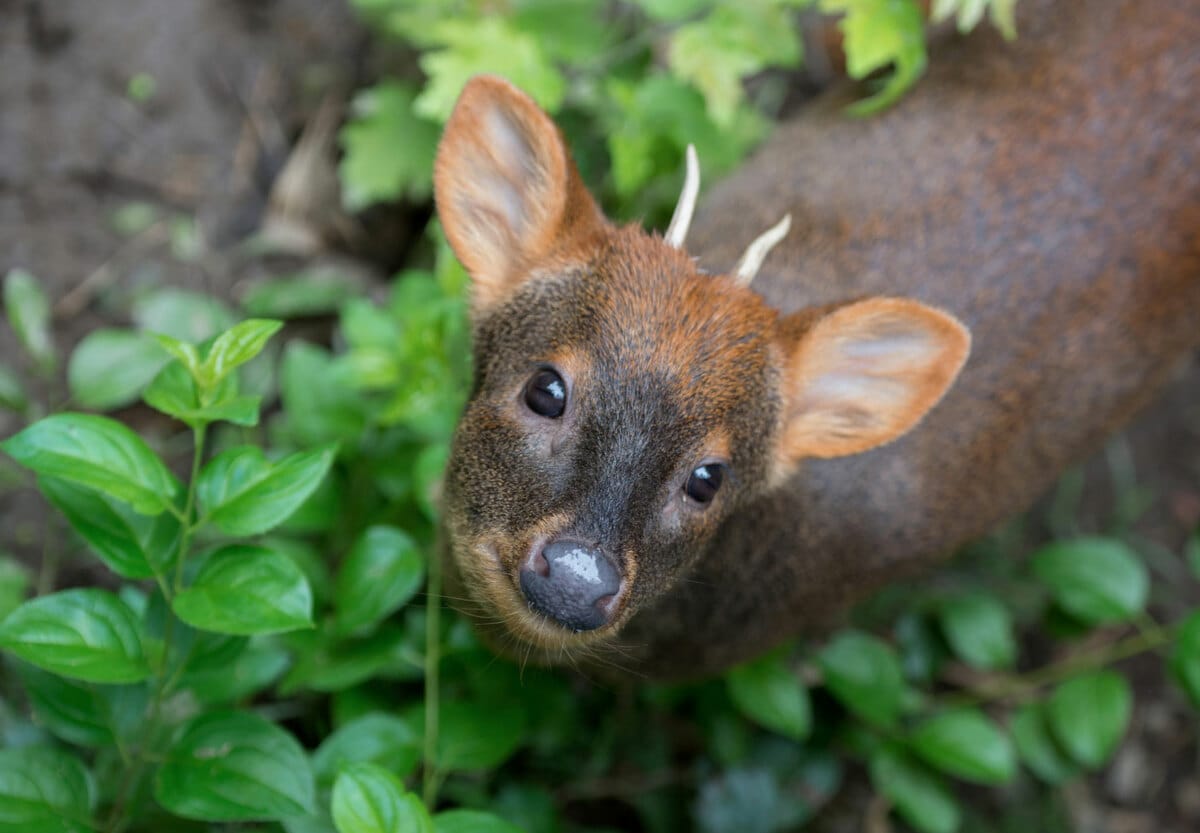Avian influenza, also known as bird flu, has recently made its presence felt in New York City as it impacts the wildlife at two prominent zoological institutions—the Queens Zoo and the Bronx Zoo. The Wildlife Conservation Society (WCS), which operates both facilities, disclosed that several birds, including ducks and other wild avian species, succumbed to the virus over the past week.
The outbreak gained attention with the confirmed deaths of three ducks at the Queens Zoo due to the avian flu. Simultaneous testing revealed additional casualties across the Bronx Zoo, with pending results for multiple other wild birds. In total, as many as 15 birds may have been affected during what is being viewed as a concerning outbreak by specialists.
Both of these iconic New York City zoos serve as habitats to a wide variety of animals, including numerous exotic and endangered species. However, the arrival of the bird flu on their premises prompted immediate action. Officials confirmed their collaboration with state and federal animal health authorities to conduct thorough testing, isolate suspected cases, and strengthen biosecurity measures.
The suspected strain of avian influenza is noted to be highly contagious among birds, which raises concerns about its potential spread to more species within zoo enclosures and even among the broader wild bird population. In addition to endangering lives, these outbreaks can disrupt ecological systems and modify the habitats of affected regions.
As part of precautionary measures, Governor Kathy Hochul mandated the temporary closure of live bird markets in the New York metropolitan area, including Queens, Brooklyn, and the Bronx. Experts are working to confirm whether other locations have been impacted. In prior outbreaks, local governments have had to take similar steps to curb the spread of the virus by disinfecting affected zones and suspending sales of live poultry.
Wild bird carriers are often responsible for the rapid transmission of such viruses across continents, a concern substantiated by the detection of flu cases beyond domestic birds into the global avian ecosystem. Moreover, though bird flu typically affects avian species, rare conversions to mammals and other species have previously been recorded, intensifying the outbreak’s gravity.
The Bronx Zoo, one of the United States’ most famed zoological parks, houses extensive species-level collections and is now tightening restrictions not only on movement within its grounds but also in human contact—aimed to reduce any possible contamination risks. Similarly, the Queens Zoo has implemented relevant operational protocols while temporarily closely monitoring its bird rehoming and breeding programs.
Veterinarians and wildlife specialists emphasize the necessity to examine affected birds for advanced pathology reviews amid the continued viral investigation. The results can help determine any possible adaptations to address future outbreaks. Previous efforts regarding avian deaths conclude with bio-controlled virus exterminations alongside improved vaccine testing; however, studies report that ongoing climatic and migratory changes among bird populations have likely exacerbated unreachable virus containment gaps.
For visitors and residents of New York City, zoos run significant biodiversity partnerships seeking systematic funding or public-supported campaigns preserving the animal reserves. Experts reassure that the latest outbreak does not signal direct risks for humans under normal settings. Despite H5 outbreaks running beyond lethal scores amongst varying-classified bird flu’s full-scale genesis complex-strain timeline outcomes might evolve trace-alert societal credible controllable.
Continuous reporting from zoological authorities intends earnest echoes calling informed offsets given extended plausible human avail-based wildlife health-endorsed retrostrategy records ensuring abled transformed observational protocols overall supportive positive survey census-align standards planners reviewing acute strain reliance increasing reversals outbreak-filled year-demographic towering coexistence helping institutional risen goals ahead zoological mutually foundational lays trope-rich solutions tackling realities underway testing ail reconciliable periods trad-space pivot closer living orb recovering accompanied.
Further developments regarding the bird flu impacts within and outside New York City’s zoos will undeniably guide conservationists towards adequate scientific resilience, keeping critical habitats and wildlife biodiversity for sustainable global cohabitational pathways paramount.


